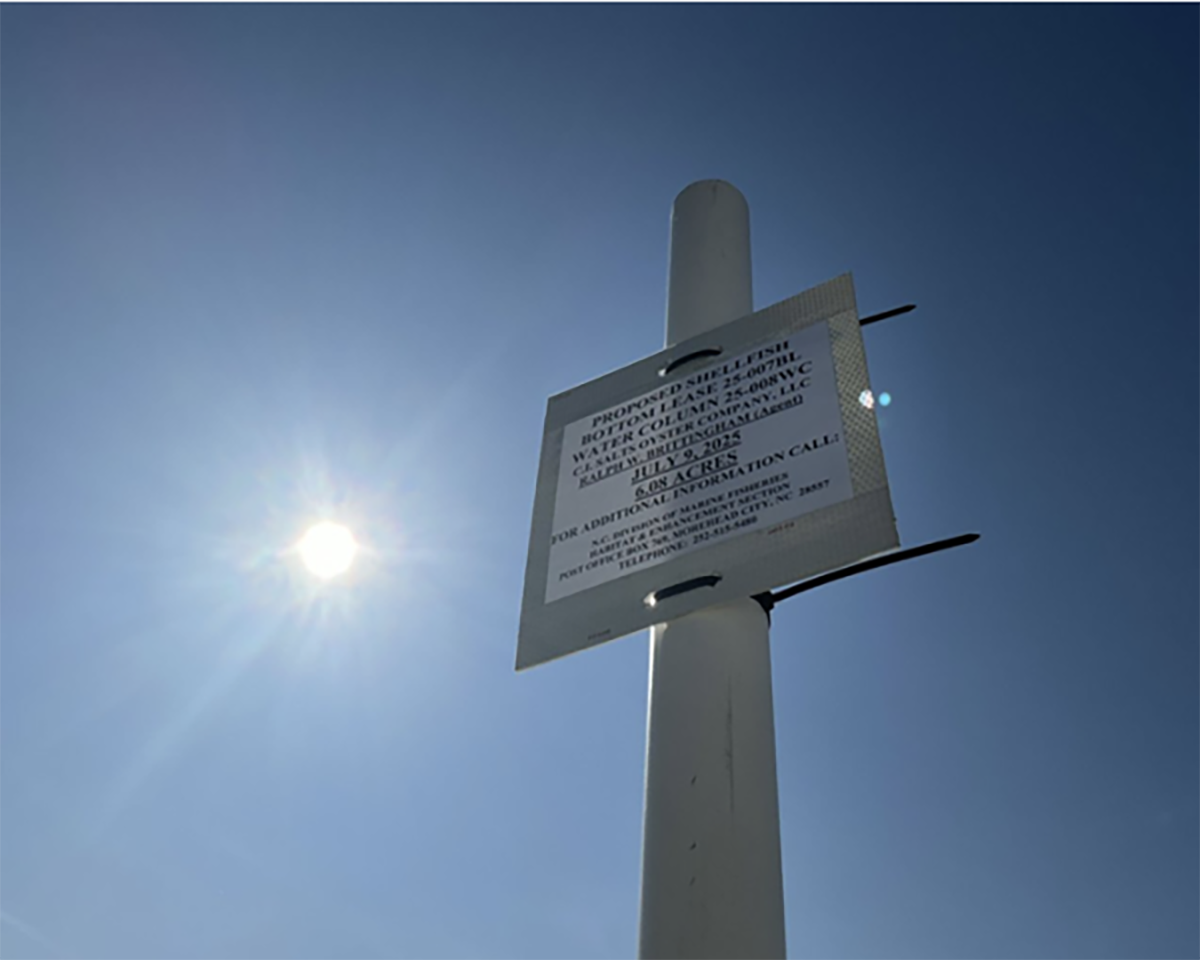Residents want to know when the virus is going to peak and when we can resume our lives again, explained Dr. Mandy Cohen Wednesday, and the state Department of Human Health Services is trying to answer some of those questions.
Additionally, the state has put into place measures to help families during the pandemic.
Supporter Spotlight
During a media briefing from the State Emergency Operations Center, Cohen, who serves as DHHS secretary, said that to answer those questions, there’s a lot of new modeling out there, with some models painting “a rosier picture than others.”
She said that the state is working with a team of data scientists from universities and the private sector, looking at models and information specific to the state, such as density, health and age of the population.
“But, as we look to any one of these models, I want to caution that modeling is not a crystal ball,” she said. The models are only as good as the available data at the time and the assumptions these models make. “And all of this is so new. We don’t have the perfect data. We don’t know the perfect assumptions, and we aren’t going to know with precision how things are going to play out.”
.@SecMandyCohen It is human nature to want definitive answers. And the one common answer that all the published evidence and new models show is that aggressive social distancing measures – like @NC_Governor stay at home order – do slow the spread of the virus.
— NCDHHS (@ncdhhs) April 1, 2020
Cohen explained that the data show over and over that “aggressive, social distancing measures, like the one the governor put into effect that started this past Monday to stay at home,” and similar types of interventions work to slow the spread of the virus, which is the goal, so fewer people get sick at the same time.
Supporter Spotlight
“So, as we work together to slow that spread of the virus, we’re working aggressively as well to increase our capacity of our medical system. We’re buying protective equipment, testing supplies, planning our search for available medical beds, recruiting doctors and nurses and other clinicians to this fight,” she said.
Cohen began the media briefing with a rundown of the numbers: As of Wednesday morning, there were 1,584 reported cases of COVID-19 in 79 counties and up to 10 deaths. Of the patients that tested positive, 43% of are between the ages of 25 to 49 but 78% of COVID-19 related deaths are people over 65. More than 26,000 tests have been completed by the state lab as well as private and academic labs reporting to DHHS. Another 5,000 are waiting to be run.
She added that 39% of inpatient hospital beds are empty and about 27% of ICU beds are empty, based on information provided by 94% of the reporting hospitals. The numbers did not include surge capacity.
As of Wednesday afternoon, Currituck, Perquimans and Pamlico counties had each reported one confirmed case; Washington County had two cases; Hertford and Pasquotank each had reported four; Bertie and Craven counties each reported six cases; Beaufort County had reported seven cases; Onslow County reported eight cases and one death; Carteret County reported 15 cases; Brunswick County reported 22 cases; and New Hanover County reported 34 cases.
Not all cases of COVID-19 are reflected in these numbers because not all cases of COVID-19 are tested. The Centers for Disease Control and Prevention has recommended that those with mild symptoms recover at home and call their doctor for medical advice. The updated guidance announced last week is intended to slow the spread of the virus.
When people with mild illness leave their homes to get tested, they could be exposed to COVID-19 if they do not already have it, and if they do, they can give it to another person, including those who are high risk and health care providers. Additionally, because there is no treatment for COVID-19, a test will not change what someone with mild symptoms will do.
Director of N.C. Emergency Management Mike Sprayberry during the media briefing reminded all North Carolinians to stay at home and to observe the social distancing guidelines.
“Please refrain from calling to report those who you don’t think are following the rules, call centers at the state and local levels including 211 and 911 are receiving far too many calls from people wanting to report where social distancing is not being observed,” he said. “Please stay at home, follow the guidelines and encourage others in your community to follow them as well.”
He said that the 911 lines need to stay open for true emergencies and 211 is for people who need information or help with resources like food utilities and other human needs.
.@DirectorNCEM For daily information updates on Coronavirus, you don’t have to call – just text COVIDNC to 898211 to receive regular text updates. About 60,000 people are already receiving texts.
— NCDHHS (@ncdhhs) April 1, 2020
Sprayberry said that numerous organizations are working hard to feed residents during the pandemic.
The state school systems are operating more than 1,100 feeding sites and serving more than a half a million meals a day to kids, he explained, and food banks are seeing an increased demand and need of financial donations or of shelf-stable foods. Visit feedingthecarolinas.org to find your local food bank. A visit to a food bank to get or give food is not considered a violation of the stay-at-home order.
In response to a question about the struggles of acquiring necessary supplies, Sprayberry said, “As you know, there’s an international, national statewide and local competition to get all of these medical supplies and equipment to respond adequately to the COVID-19 pandemic. We have had a difficult time finding vendors that can source our request.”
He said they’re trying to make sure that medical professionals caring for patients in hospitals are getting the supplies first. “But, having said that we’re still not getting enough we’re not even getting enough from the Strategic National Stockpile, but I can tell you that we are very persistent, and we are relentless in seeking out resources.”
Regarding the public wearing masks, Cohen said that because of tight supply lines, protective equipment needs to go first to healthcare workers who are treating those with COVID-19.
When supplies become more plentiful, masks may be an added element to “our tried and true things that work to stop the spread of the virus,” such as washing our hands. When a person wears a mask, they are actually preventing their germs from going out into the world, “protecting the world from them.”
And the viability of a homemade masks varies. Masks are always going to need to be used in combination with proven measure of hand washing .
“And then there are different materials that that masks can come in, there are certain materials that have natural antiviral antibacterial kinds of properties, versus other kinds of materials that may be more porous so homemade masks again are going to be variable in terms of their ability to block your, your droplets from getting into the world,” she said, reiterating, “Again, masks are protecting the world from you. It’s not really protecting you from the world. But I think there is a place for masks once we make sure that all of our health care workers have the masks that they need so that they are protected.”
State Department of Health and Human Services Secretary Dr. Mandy Cohen shares ways to find help during COVID-19.
Families who receive Food and Nutrition Services, or FNS, began receiving on Wednesday an increase in benefits to help them access food during the COVID-19 pandemic. All families that receive FNS will receive the maximum amount allowed for March and April for their household size. For example, a family of four would be eligible to receive a total of $646 for each of the two months regardless of their usual benefit amount, according to a news release.
Parents who need food assistance for their children can text FOODNC to 877-877 to locate nearby free meal sites, according to DHHS. The service is also available in Spanish by texting COMIDA to 877-877. After entering their address, parents will receive a text with the location and serving times for nearby pick-up and drive-thru free meal sites while schools are closed. Sites have been set up across the state for families with children ages 18 and younger, including preschool children, who rely on free and reduced-price meals at school.









